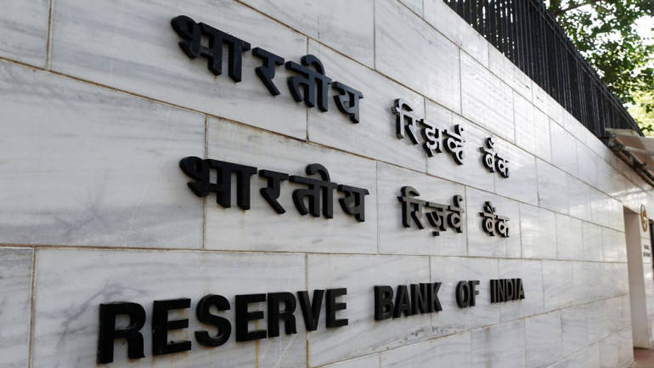RBI announces co-lending scheme for banks
RBI came out with a Co-Lending Model (CLM) scheme under which banks can provide loans along with NBFCs to priority sector borrowers based on a prior agreement.
The CLM, which is an improvement over the co-origination of loan scheme announced by the RBI in September 2018, seeks to provide greater flexibility to the lending institutions, the Reserve Bank of India (RBI) said in a release.
Under the CLM, banks will be permitted to co-lend with all registered NBFCs (including HFCs) based on a prior agreement, RBI said, adding that “the co-lending banks will take their share of the individual loans on a back-to-back basis in their books”.
“However, NBFCs shall be required to retain a minimum of 20% share of the individual loans on their books.”
The primary focus of the scheme, rechristened as “Co-Lending Model” (CLM), is to improve the flow of credit to the unserved and underserved sector of the economy and make available funds to the ultimate beneficiary at an affordable cost, considering the lower cost of funds from banks and greater reach of the NBFCs, it added.
As per a notification by RBI, NBFCs will be the single point of interface for the customers and shall enter into a loan agreement with the borrowers. The agreement should clearly contain the features of the arrangement and the roles and responsibilities of NBFCs and banks.
“The ultimate borrower may be charged an all-inclusive interest rate as may be agreed upon by both the lenders conforming to the extant guidelines applicable to both,” RBI said.
All transactions (disbursements/ repayments) between the banks and NBFCs relating to CLM have to be routed through an escrow account maintained with the banks, in order to avoid inter-mingling of funds.
With regard to grievance redressal, RBI said suitable arrangement must be put in place by the co-lenders to resolve any complaint registered by a borrower with the NBFC within 30 days

